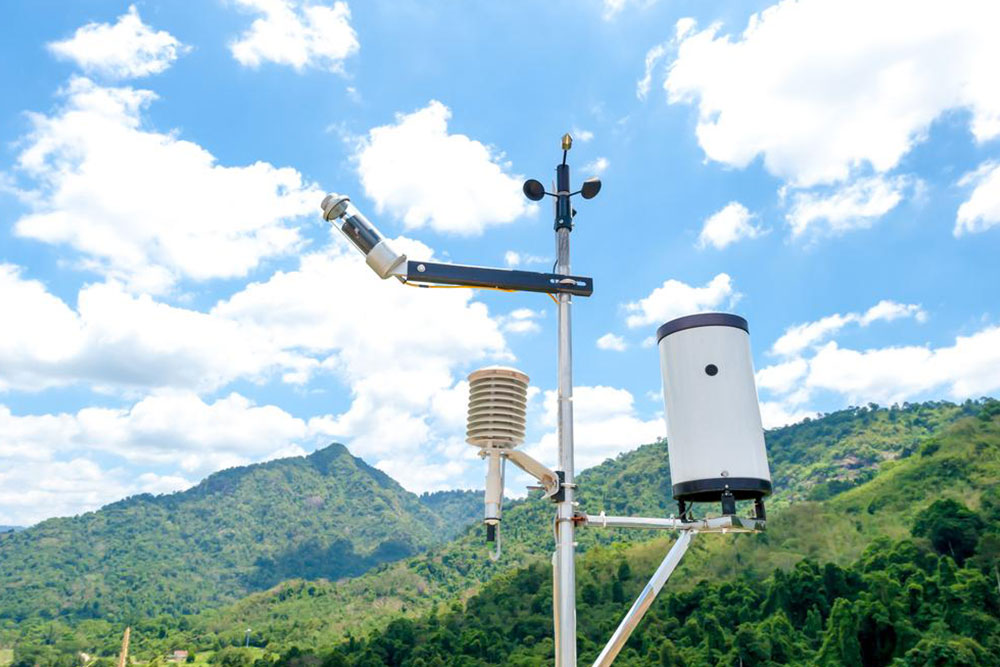Comprehensive Guide to the Origins and Dynamics of Weather Patterns
This comprehensive article explores the origins and mechanisms behind weather patterns, detailing the influence of atmospheric interactions, solar energy, and Earth's axial tilt. It explains common and extreme weather phenomena, their formation processes, and how planetary and regional factors contribute to climate variability. Ideal for those seeking an in-depth understanding of weather dynamics, this guide provides essential insights relevant to meteorology, climate science, and environmental studies.

Comprehensive Guide to the Origins and Dynamics of Weather Patterns
Weather phenomena are complex interactions within Earth's atmosphere, arising from a variety of physical processes that influence daily and seasonal atmospheric conditions. These phenomena manifest through fluctuations in temperature, humidity, wind speed and direction, and cloud formation, resulting in a wide range of weather states such as hot, cold, wet, dry, calm, stormy, clear, and overcast skies. Understanding how weather forms and evolves is essential for predicting daily weather forecasts, preparing for extreme events, and gaining insights into climate variability.
The formation of weather is primarily rooted in the behavior of the troposphere, the lowest layer of Earth's atmosphere, where most weather activities happen. The troposphere is directly influenced by solar radiation, which drives atmospheric dynamics. Short-term changes in weather, from daily temperature fluctuations to precipitation patterns, occur as a consequence of these interactions. While weather describes the day-to-day state of the atmosphere, climate refers to the long-term averages and trends observed in atmospheric conditions over extended periods.
Understanding the key factors that influence weather involves examining the roles of air pressure, temperature gradients, and moisture levels within the atmosphere. These elements are affected by the position of the sun, which shifts with Earth's axial tilt and orbit, leading to different energy distributions across the globe. Such variations cause diverse weather conditions in different regions, contributing to the planet's dynamic climate system.
Mechanisms Behind Weather Formation
Weather phenomena encompass a broad spectrum of atmospheric events including wind patterns, cloud formation, precipitation such as rain and snow, fog, and dust storms. Some weather events are common, whereas others are classified as extreme weather conditions due to their intensity and potential impact. Extreme weather includes phenomena like tornadoes, hurricanes, typhoons, and ice storms, which result from significant disparities in atmospheric pressure, temperature, and humidity across different regions.
For instance, the variation in sunlight intensity across Earth's surface is a fundamental factor behind regional temperature differences. Areas that receive more direct sunlight tend to be warmer, such as the tropics, while polar regions receive less solar energy, resulting in colder temperatures. These temperature contrasts set up pressure differences that drive wind systems and weather patterns.
Specific processes lead to the formation of distinct weather events. Monsoons, for example, are seasonal wind systems that cause heavy rainfall in specific regions, driven by differential heating between land and ocean. Thunderstorms develop due to rapid upward movement of warm, moist air, often triggered by temperature and humidity contrasts. Earth's axial tilt, approximately 23.5 degrees, heavily influences seasonal weather changes—summer occurs when the hemisphere tilts toward the sun, leading to increased solar heating, while winter results from tilt away from the sun.
Solar energy absorption varies with cloud cover and atmospheric moisture, affecting surface temperatures. Cloud cover, for instance, can trap heat at night, leading to warmer highlands or localized temperature anomalies. On the other hand, high-altitude regions such as mountain ranges tend to experience cooler temperatures due to elevation and thinner air.
Understanding these mechanisms provides insight into how weather patterns form, evolve, and sometimes result in extreme events. Accurate weather predictions rely on analyzing these factors, while climate science studies their long-term changes and trends. The interaction between insolation, atmospheric composition, Earth's rotation, and geographical features creates the complex tapestry of weather phenomena experienced worldwide.




